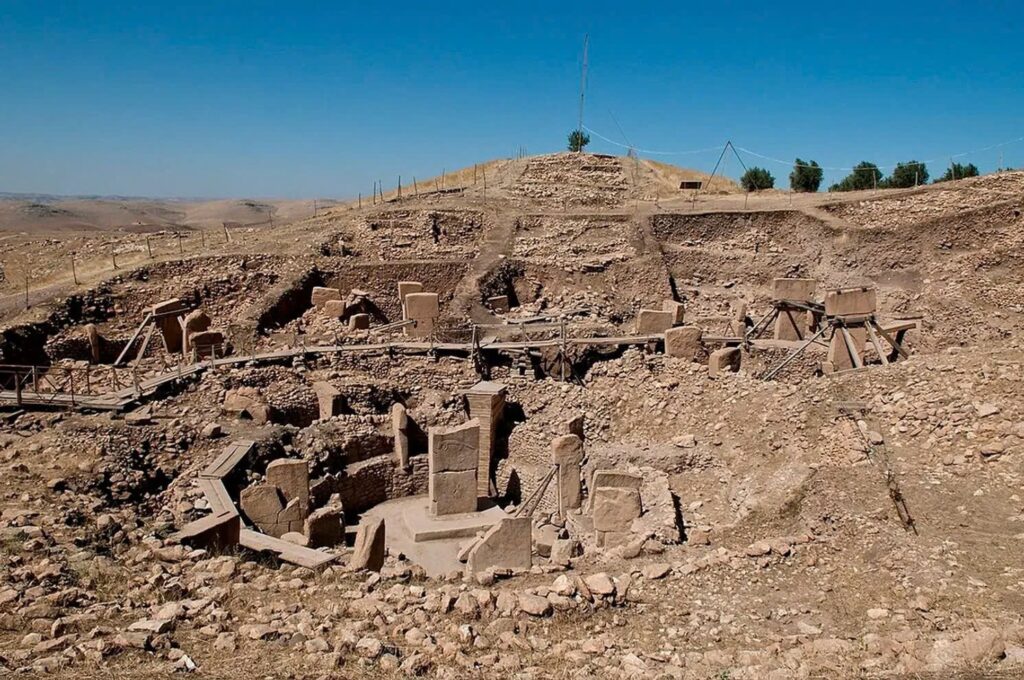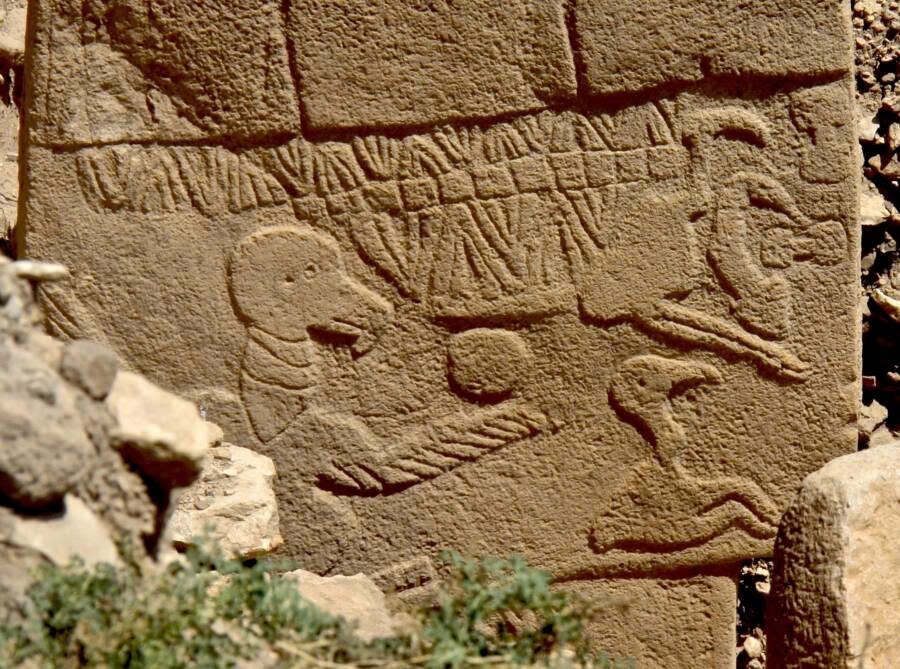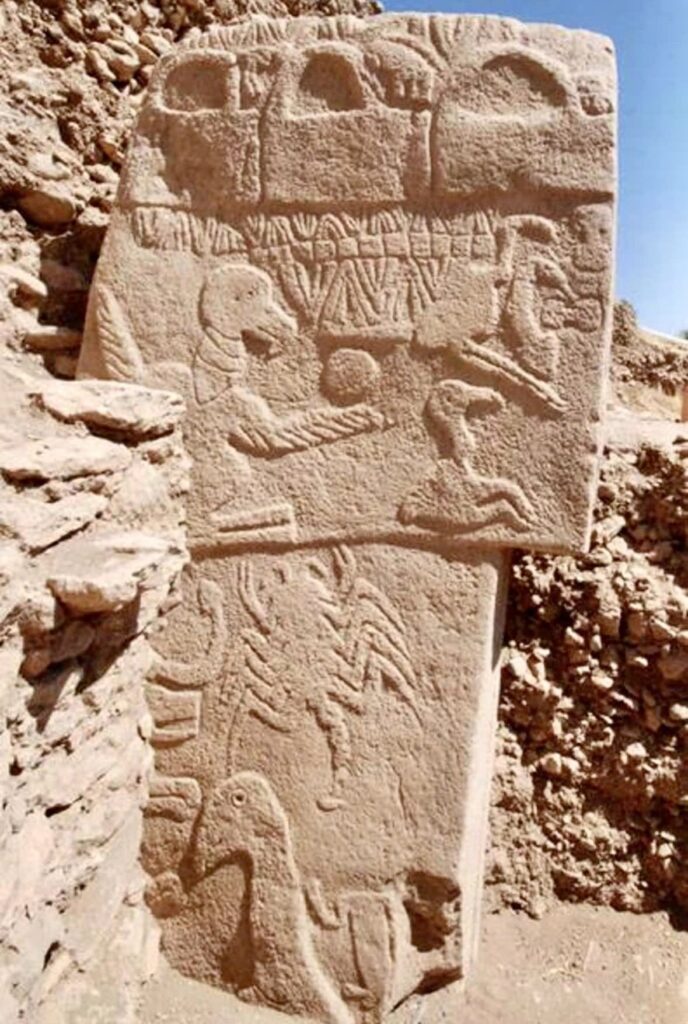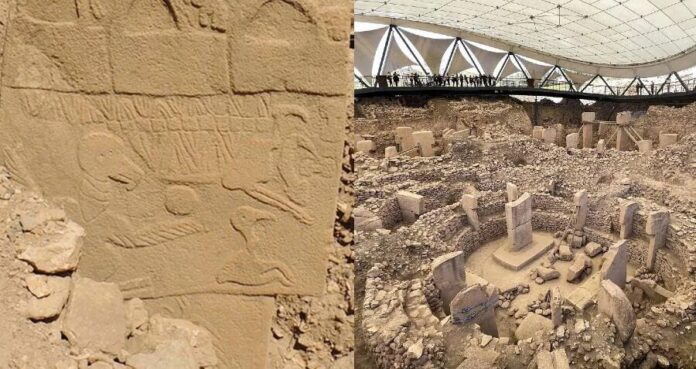The Discovery of a Prehistoric Astronomical Record
A Mysterious Temple Complex in Turkey

Göbekli Tepe, an ancient temple complex located in southeastern Turkey, has long fascinated archaeologists. Initially discovered in 1963, the site was first thought to contain simple grave markers. However, further excavations revealed a complex series of circular compounds and nearly 200 T-shaped limestone pillars, arranged in a precise geometric pattern.
Decoding the Stone Carvings

Recent studies of the site have uncovered something even more remarkable: what might be the world’s oldest calendar. Researchers from the University of Edinburgh have interpreted V-shaped symbols carved onto the pillars as representations of individual days. One pillar, in particular, seems to depict a solar calendar of 365 days, divided into 12 lunar months plus 11 extra days.
A Cosmic Event Recorded in Stone
The Comet Impact Theory

Dr. Martin Sweatman and his team propose that these carvings may record a catastrophic event that occurred nearly 13,000 years ago. They believe the symbols depict a swarm of comet fragments impacting Earth, triggering a mini Ice Age that lasted over 1,200 years.
The Birth of a New Religion
This cosmic event may have had profound implications for early human civilization. The researchers suggest it could have sparked the development of a new religion or cult in the Anatolian region, potentially influencing the course of human development.
Implications for Human Civilization
From Sky Watching to Agriculture
Dr. Sweatman notes that the inhabitants of Göbekli Tepe appear to have been keen sky observers, likely motivated by the devastating impact of the comet strike on their world. This astronomical focus may have led to advancements in agriculture as they adapted to the colder climate.
The Dawn of Writing
Perhaps most intriguingly, these ancient carvings could represent humanity’s first steps towards developing a written language. As Dr. Sweatman explains, “Possibly, their attempts to record what they saw are the first steps towards the development of writing millennia later.”

The discoveries at Göbekli Tepe continue to reshape our understanding of early human civilization, suggesting that our ancestors were far more sophisticated astronomers and record-keepers than previously thought. As research continues, this ancient site may yet reveal more secrets about the origins of human culture and knowledge.

